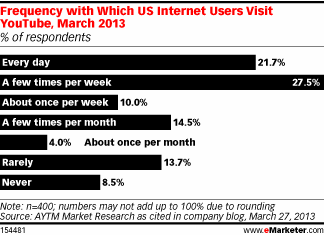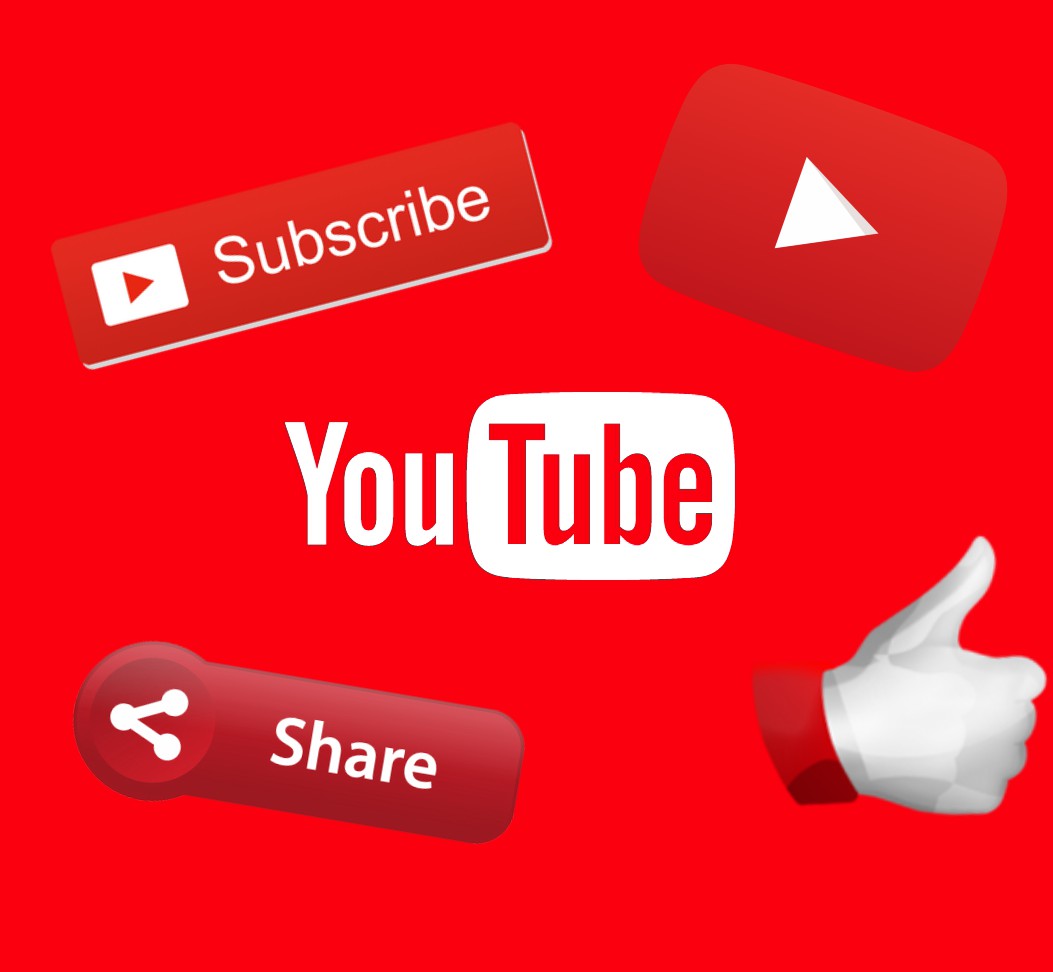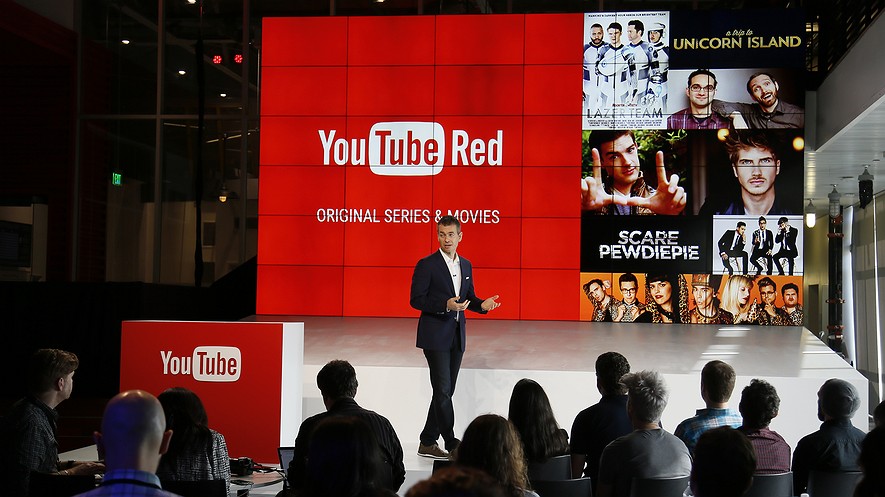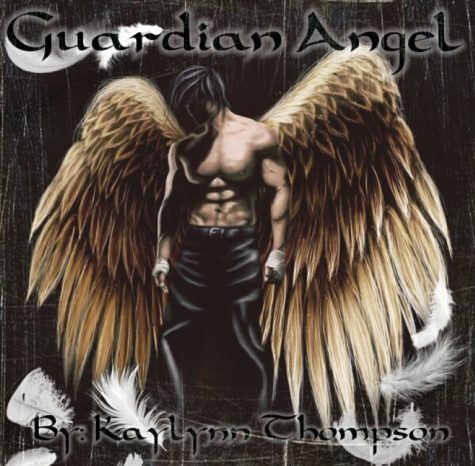YouTopia
An in-depth look at one of the hugest media outlets to ever grace the web
May 5, 2017
The year was 2005, and the digital age was still advancing, with newspapers and online websites keeping society up to date on events around the globe. But then, on February 14, Chad Hurley and his co-founders created YouTube, a small video upload service that let anybody in the world post videos for other people to watch. Overtime, this insignificant website grew into what it is today, a multi-million dollar streaming service with millions of various channels. Individuals across the globe have access to a free YouTube account where they can upload their own videos and watch others’.

It has become one of the biggest online sensations to ever grace the web, and it’s still growing. With all of that in mind, it begs the question: How is our modern society affected by digital media in the sense of YouTube? From the multitude of various content, the growing popularity with modern advertisers and youths, and the tense rivalries and overthrowing of other outlets, this question will be answered. Welcome…to YouTopia.
Content
For starters, YouTube was bought by Google in November of 2006, and many argue the purchase is a key factor of why YouTube has become so prominent. The purchase made YouTube a more professional platform, with content creators soon being able to profit off of their videos by joining various YouTube networks such as Machinima or Social Blade, and/or placing advertisements on their videos. Often, the longer the video was, the more revenue it would gain. For a while, the most popular forms of YouTube entertainment were vlogs (video blogs) and gaming videos, where people recorded themselves playing video games. The most famous of these gamers was, and debatably still is, PewDiePie. PewDiePie has amassed over 50 million YouTube subscribers as of 2016, and that number is still increasing rapidly. We’ll get back to PewDiePie later, but his success has not only brought him into the celebrity spotlight, but it has helped the growth of the platform’s popularity.

Millions of people watch different types of content everyday, ranging from gaming, vlogs, news, sketches, podcasts, music videos, advertisements, trends, and a myriad of others. This large and ever-expanding influx of content gives different types of people something to enjoy, and the amount of viewers and video creators continues to increase. However, with content variety comes criticism, and one of the more controversial video types is drama.
YouTube drama happens whenever something happens involving creators or YouTube itself that’s generally negative. Whether there’s a verbal or physical feud between creators or a controversial video of some sort, drama has been a very popular type of upload on YouTube. Channels like DramaAlert and Scarce upload videos discussing current drama in a news fashion. This type of content has raised many eyebrows, with many considering it to be profiting off of other people’s experiences and misfortunes. Many debate whether the type of drama witnessed on YouTube is real news at all. Nonetheless, tons of other forms of content overshadow drama, so it hasn’t seemed to be much of an issue lately. With that said, all of these different types of content cater to millions of people every day, and it’s a significant factor in the platform’s growing success and mainstream popularity.
Appeal
The site has also arguably taken over modern digital media, as evident by a recent study done by Google, where they surveyed teenagers about what media outlets they think are the “coolest.” YouTube is at the very top, even higher than the huge streaming service, Netflix. Another study done by AYTM Market Research showed the percentage of US Internet users that visit YouTube. The percentage of users who never visit the site is an extremely low 8.5%, while the percentage that visit it every day is at 21.7%, a hugely significant contrast. In addition, a large amount of these individuals are under the age of 18, meaning youths are very likely to be the primary viewers on YouTube.

This brings us to advertisers. Advertisements are how content creators make money. Signing up for specific networks can bring a creator different types of advertisements, and the more prominent the advertisement is, the more revenue it will generate for the uploader. A portion of the revenue goes to the creator and another goes to his/her network. But advertisers want to make sure the creators to whom they give their advertisements are popular enough to attract large audiences. That’s where successful YouTubers like PewDiePie come in. PewDiePie amasses over a million views per video, and as such, his advertisements are more well known. His channel undoubtedly attributes to these advertisers’ notability and therefore profits, so they request to have their ads there more than on that of a smaller channel. Other channels with this same characteristic are Markiplier, Jacksepticeye, and Jenna Marbles, all having more than 10 million subscribers. And again, youths are most likely to be the primary YouTube demographic; these popular channels are usually targeted at younger viewers. However, there are times when content creators don’t want advertisements on certain videos, which is why they need to be careful with how trustworthy their network is.
One of the most popular networks, Machinima, received heavy criticism for placing an advertisement on a video dedicated to the uploader’s deceased dog. And more recently, advertisements were reportedly placed on videos uploaded by terrorist organizations such as I.S.I.S. This led to a significant decline of loyal advertisers on YouTube, including Pepsi and Verizon. While the initial claims of monetized terrorist videos are still being investigated, this has hurt YouTube’s reputation and revenue. But with hardships comes reconstruction, and YouTubers have sustained a living on the site even through these harsh events.
Competition
So this immense platform has given people all around the world the ability to create their own content for millions to view, and one may ask: What are its rivals? YouTube is currently the most popular video-watching service, dominating competitors such as Vimeo and Dailymotion. AYTM Market Research, responsible for the previously mentioned study, also examined the frequency of Internet users who viewed videos on sites other than YouTube. The results showed 37.0% of users rarely ever watched videos on other sites, and an extremely low 8.0% did every day.

One of the main factors that has kept YouTube above its competitors is the previously discussed content variety, not present with many rivals. Vlogs, gaming videos, movie trailers, and many more types of content are abundant on YouTube; its competitors have yet to top it. In fact, YouTube is arguably taking over more than just video platforms. A survey shown by Digital Trends concluded that, “68 percent of all viewers surveyed are consuming video content from YouTube, while 51 percent draw their content from traditional pay-TV and 49 percent get theirs from Netflix.” This means a larger percentage of users are watching content from YouTube than Netflix. With these competitors dominated by the huge video service, one would think YouTube is without any worthy rivals.
However, news outlets such as the Verge and the Wall Street Journal have come into conflict with YouTube recently. It began in July of 2016, when the Verge published an article about a scandal regarding PewDiePie, the previously mentioned YouTuber. It stated he uploaded a video without disclosing it was sponsored. This immediately received heavy backlash, as the sponsor, Warner Bros., did not require him to disclose it. Plus, he still noted the sponsorship in the description. The article also accused PewDiePie of being paid to make a positive review, even though he isn’t a reviewer. This article began a bitter rivalry between YouTubers and various news outlets, with many speculating the news outlets are acknowledging YouTube is overthrowing their popularity.
Another incident occurred in February of 2017, when the Wall Street Journal released an article about Disney cutting ties with PewDiePie due to inappropriate jokes in one of his videos. PewDiePie acknowledged the poor judgement, but he also blamed the media for attacking him with such vigor.

This was furthered when evidence came out of the Wall Street Journal showing inappropriate content to YouTube’s advertisers to persuade them to cut ties with the site. This was widely seen as malicious, and speculation even surfaced that the news outlet faked a screenshot. The feud is currently still alive and could be the life or death of some of the most prominent digital platforms. Other than this situation, YouTube has not seen its share of worthy competitors, and it is still the top video streaming platform even to this day.
Summary
In our expedition of YouTube’s growth and popularity, we have explored the immense content variety, the expansive appeal to youths and advertisers, and the competitive overthrowing of countless other outlets. And despite various challenges, YouTube continues to innovate with many new programs, including original shows and online volunteer services, all while being available to people just like you.
YouTube isn’t going away anytime soon, and for good reason. With all of these impacts the site has had on the digital age, it’s safe to assume that our question has been answered. This has been…YouTopia.














